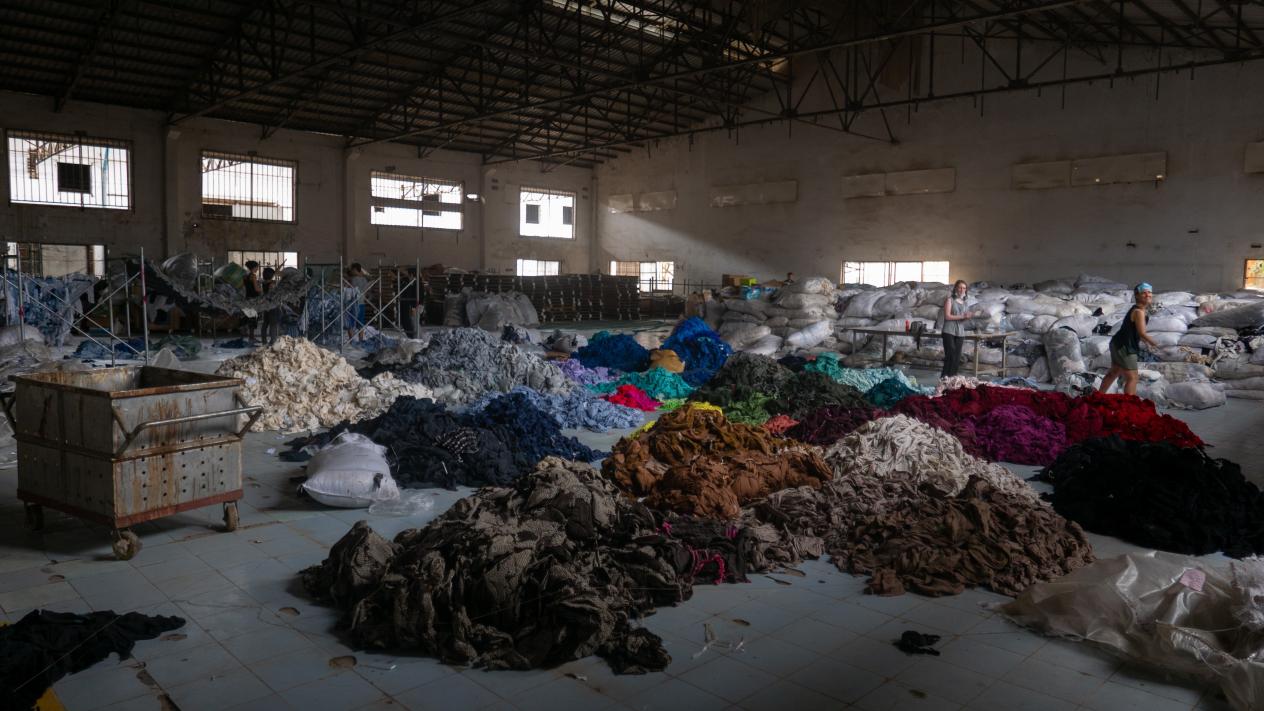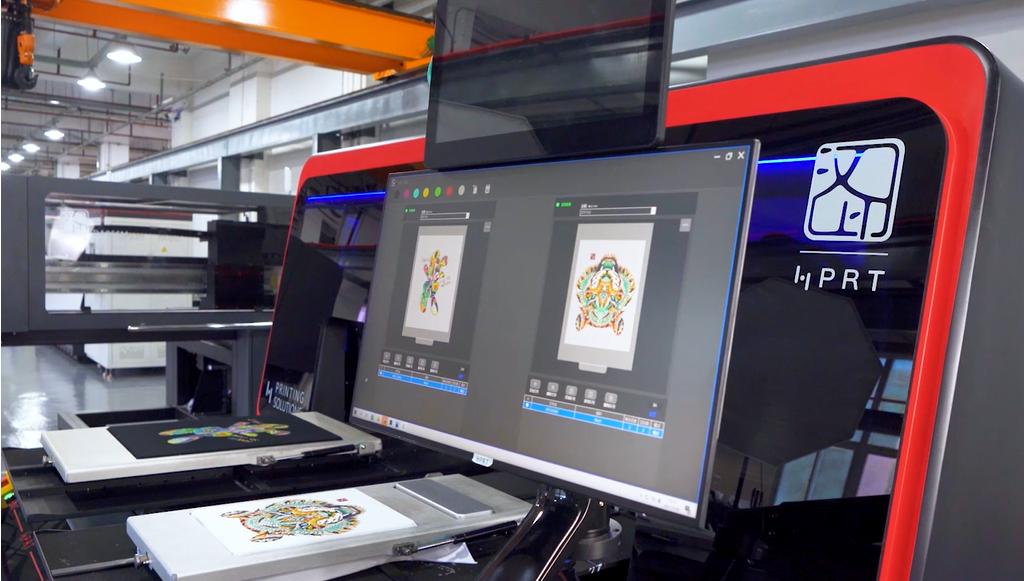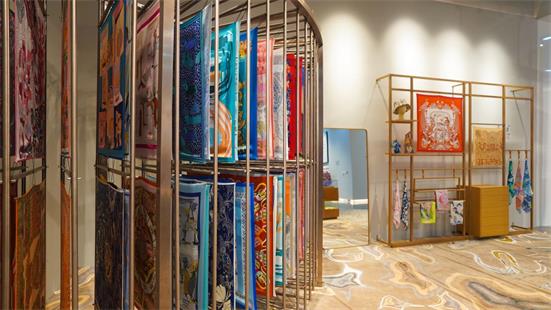Reducing Environmental Impact: 6 Sustainable Practices in Textile Printing
2023-10-02 23:29
It is estimated that the global textile industry accounts for 2% of total emissions. Policymakers and politicians are increasingly aware of the sector's environmental impact, thereby implementing stricter regulations. Moreover, with rising ecological awareness among consumers, print service providers are seeking sustainable solutions to minimize their carbon footprint without sacrificing print quality.
Over 140 apparel companies have joined the "Science-Based Targets Initiative," committed to reducing emissions across the industry. It’s a positive start, but we believe that every business must strive to minimize their carbon footprint and recognize that new technology can assist in this regard.
In this light, we explore six actionable methods to minimize your textile printing process's ecological footprint.
1.Measure Your Environmental Footprint Through Life Cycle Assessment
To reduce carbon emissions, they must first be measured. Life cycle assessments systematically document each process and activity to compute the potential environmental impacts of a product.
It is recommended to consider the entire lifecycle, including recycling and reuse. Specifically, collect detailed information regarding the products, processes, and programs employed throughout production. You need to accurately assess the environmental impact, from the processing of raw materials to the manufacturing of the finished goods, as well as their subsequent transportation.

Life cycle assessments offer invaluable insights into your processes, allowing you to easily identify steps in the production process with the most potential for innovation to reduce emissions.
2.Address Transport Costs
Transportation is a significant contributor to the textile industry's overall carbon emissions. For example, the transport of bed sheets for a hotel room contributes 8 kg of CO2 emissions annually. A critical assessment of your procurement policies can have a substantial impact. By purchasing locally sourced materials and producing closer to customer markets, you can significantly reduce your environmental impact.
In addition, consider lead times when making decisions. By buying and printing in batches for sale, you can prevent waste. This not only saves money but also reduces the carbon footprint during waste transport and handling.
3.Update Printing Processes
Many companies are considering digital textile printing as a more sustainable alternative. Digital printing is a precision technique that uses less ink due to highly accurate droplet placement on fabric, thus reducing waste. Also, print providers can start production almost immediately upon receiving orders, reducing inventory and expediting turnaround times.
Ever considered digital textile printing? A new generation of high-quality, affordable digital textile printers is redefining expectations and making digital a viable choice for printing enterprises of all scales.
4.Print What Sells, Not Just What Gets Printed
Fast fashion illustrates how consumer demand is transforming the industry, exerting enormous pressure on the environment through water usage, pollution, waste, and carbon emissions.
Rather than printing what sells, it's better to not print what doesn't sell. Fashion brands should invest more in accurately estimating the fabric meters they'll sell and base their printing work on those estimates. Brands should also consider selling leftover stock in new seasons or years to prevent waste as much as possible.
Digital fabric printing allows fashion brands to print in small batches and reorder when specific textiles or garments are popular. This can considerably reduce waste and inventory, providing more flexibility in both traditional and digital textile printing. However, for traditional printing, longer lead times should be considered.
HPRT offers a diverse range of digital textile printers, including DTG printers, roll-to-roll digital textile printer and digital dye-sublimation printers.

Engineered to accommodate a wide spectrum of fabric types—from cotton and linen to silk, polyester, blended materials, and canvas—our digital textile printers are ideal for applications across both the apparel and home furnishings sectors.

With rapid printing cycles and boundless customization possibilities in terms of colors and patterns, our printers deliver outputs that are not only vivid but also boast exceptional colorfastness.
5.Consciously Manage Water Usage
The textile industry consumes and wastes a lot of water, so reducing it must be a top priority. Some customers found that water usage dropped significantly when switching from conventional to digital textile printing. This doesn't mean conventional printing can't be sustainable. On the contrary, rotary high water consumption provides significant opportunities for water savings.
Consider using pigment-based pastes or inks that require no washing and steaming, significantly reducing water usage. While water is still required in processes, think about how waste water can be treated and purified more effectively.
6.Partner with Reliable Suppliers
Textile printing enterprises committed to change should seek suppliers who share sustainable and environmental values. Your suppliers should aim to work with you to reduce carbon emissions and provide insights and recommendations on general ways to reduce ecological footprints.
HPRT is committed to environmental sustainability in the field of digital textile printing. Our printers come equipped with intelligent systems that are more energy-efficient, water-saving, and reduce material loss. This helps enterprises achieve more eco-friendly printing and production processes. Please contact us, and HPRT will provide you with green, sustainable digital textile printing solutions.







